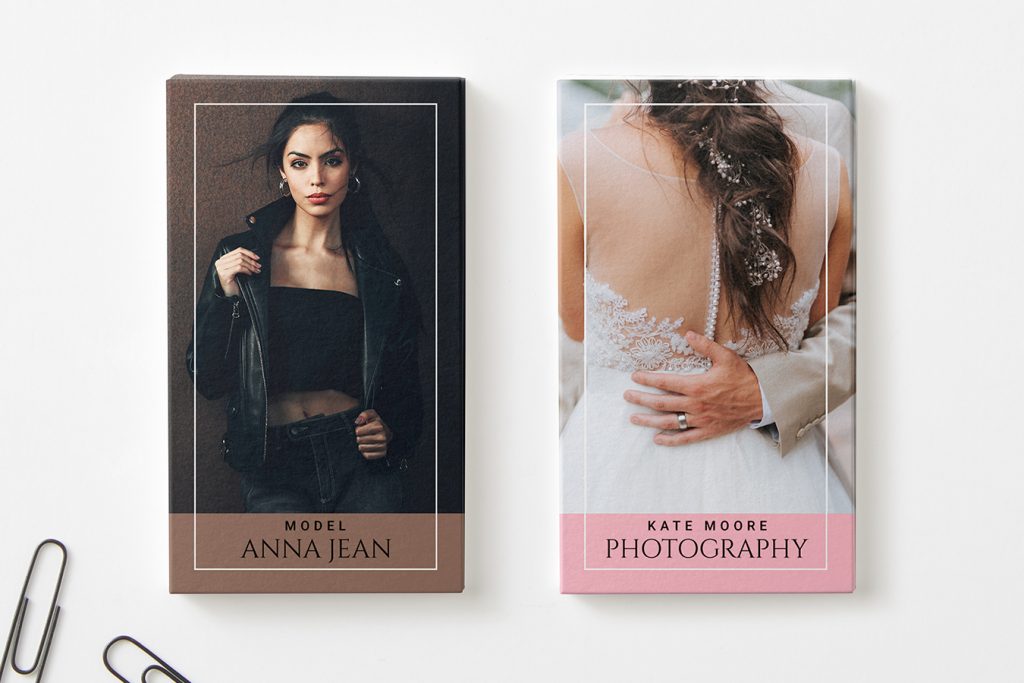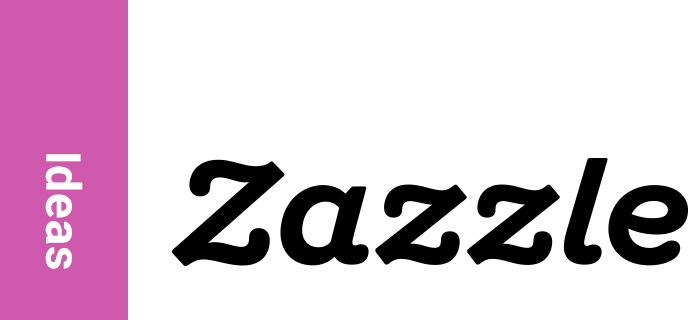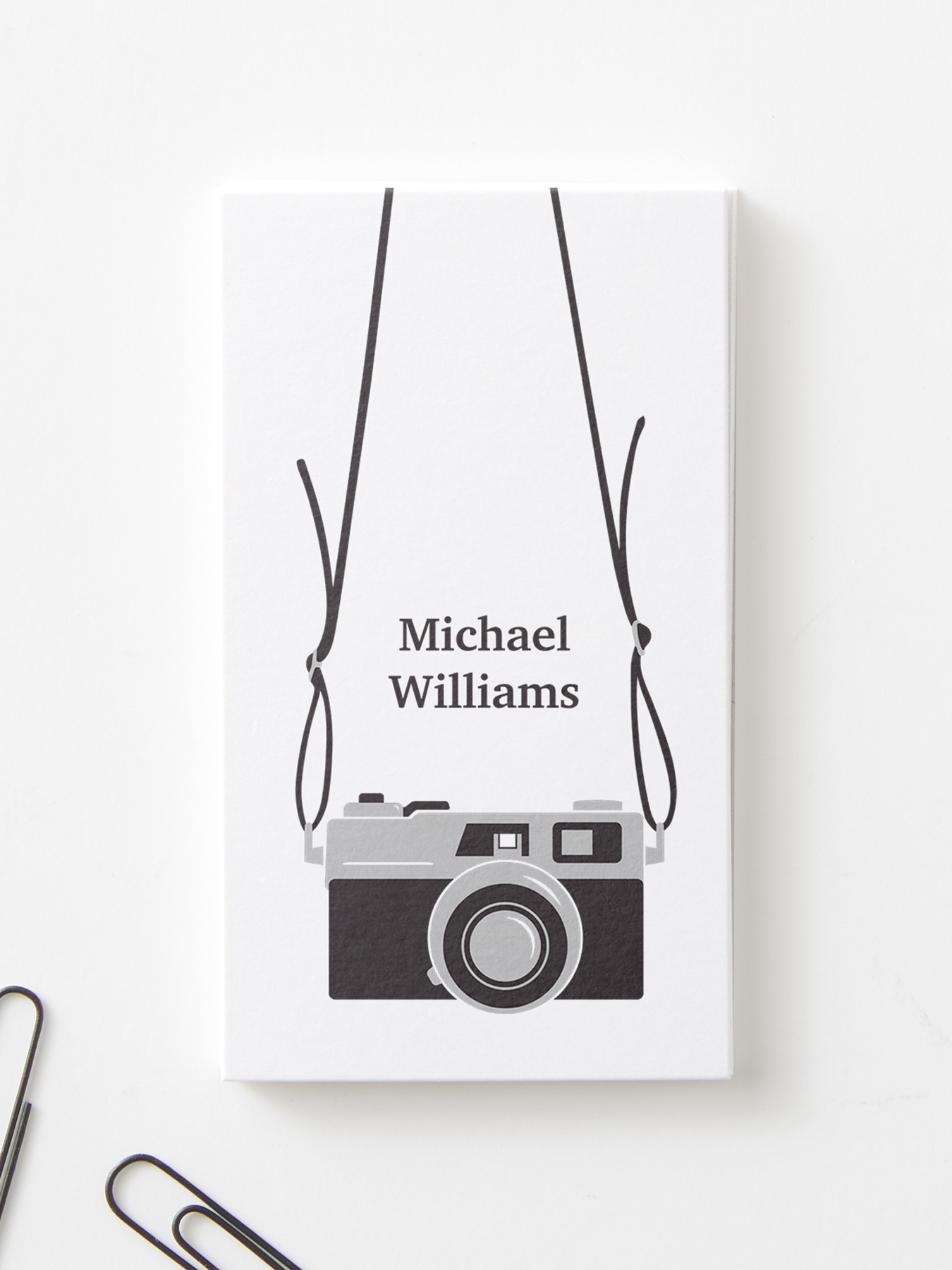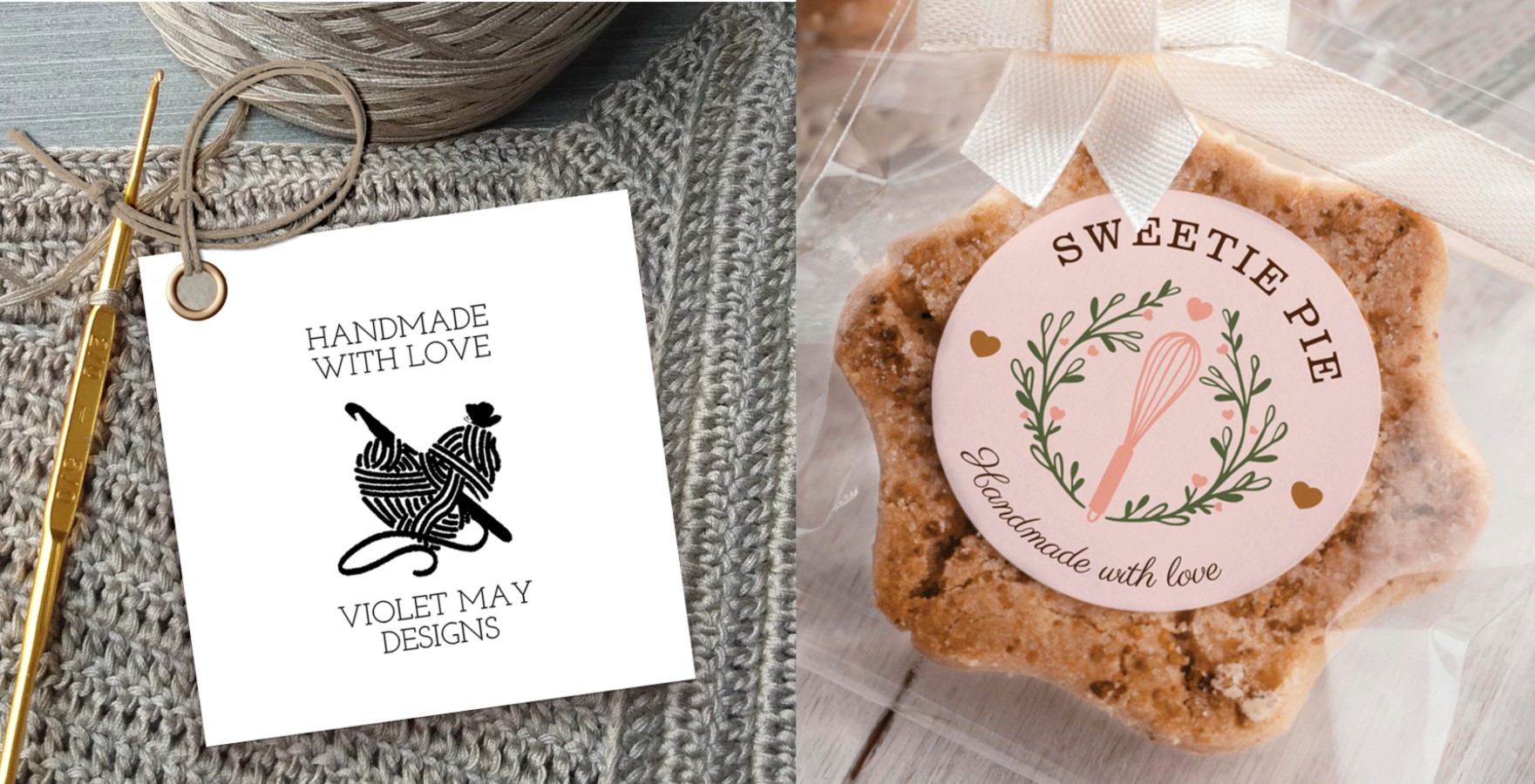Choosing a style for your business card is no small matter. This is your chance to leave a lasting impression of you and your business. These days, there are so many styles to choose from that starting from scratch can be quite an overwhelming undertaking, but that’s only if you’re not clear about what you want from your business card — so let’s break it down.
Who Are Your Customers?
Before you start exploring different business card layouts, you have to determine your end goal. Who is it you’re trying to reach? Do you want this card to lead the recipient to your online portfolio? Or do you want recipients to keep your card for an upcoming holiday when they might need the services of your flower shop? Since you have limited space on a business card, it is important to be clear about its purpose so you can give your audience what they need to know (and nothing more).
What Do Your Customers Need to Know?
Now that you’ve figured out your purpose, you should have a good idea of what information you need to get across. Try to keep it to the essentials so that your business card format is visually bold and focused unless you believe that your business model really lends itself to offering specific information in order to hook customers.
Some essential information to include on your business card:
- Full name and job title
- Company name
- Phone number and email address
- Website or portfolio URL
- Office or shop location
Depending on the service you are offering, your business card is a great way to give customers an idea of what they should expect. For example, including your rate for teaching voice lessons might be a good idea. If you offer event hair styling and makeup artist services, you may want to mention that. While considering what your clients need to know, keep in mind that you have a limited amount of space. You may consider a card printed on both sides for your business card layout if you have a lot to share upfront.

Create Your Brand Identity
No matter the service you offer, your website and business card will be the first impression you make on your potential clientele. Taking extra time to develop your brand will save you time later on when it comes to messaging and design. Your brand should represent who you are and what you bring to the table — to think about what sets you apart from your competitors.
Take advantage of this by creating a brand that is unique and captures your strengths. Creating a logo to represent your business may make sense for you and will help build brand authority. Your brand identity is markedly affected by the psychology of font, color, and shape, which is why logo creation is a unique specialty.
How to Format Your Business Card
Now that you know what it is your business card needs to achieve, and how you want to approach yourself as a brand — it’s time to design your card! You should choose a shape, color scheme, font, and graphics that work together and capture your brand’s style. Consider these key style concepts to set up a card that will stand out amongst others in your customer’s wallet:
Shape – Your business card should (for the most part) follow standard dimensions. However, you do have room to be creative when choosing your shape. For a softer and more whimsical effect, choose a rounded edge. For a sharper, clean-cut appearance, add a dog-eared corner. Depending on the service you use, you can customize your shape to be nearly anything, so don’t be afraid to think outside the box.
Font – The font you choose should fall in line with your personal branding and the messaging you are trying to include. For a whimsical card with lots of personalities, try a rounded sans-serif in a color that matches your logo. If you’re going for a classier look, go for a staple serif font that everyone will recognize.
Color – Just like your choice of font, your color scheme may depend on the brand you’ve already built for yourself. Using bold colors will help your business card stand out in a stack, but be sure you choose colors that work together and don’t get lost against the card’s background.
Logo – If you’ve taken our advice on branding, you may have developed a personal or business logo. Now that this is the symbol of your service, it should be a key component in your business card layout. Your logo should be featured somewhere clients can’t miss it, and the rest of your design should complement the graphic.
Most importantly, be sure you are being true to yourself. If you’re a wedding photographer who prefers informal, intimate outdoorsy weddings, you might select a rustic, country style for your business card. If you are a skin care specialist looking for a design that inspires beauty, look for a design with the makeup artist tag and make it your own.
The ability to create a unique business card has never been so easy and affordable. There are plenty of business card layout ideas to explore, and you can improve on your design without too much headache, so enjoy experimenting and fine-tuning your layout until it is a perfect representation of your dream business.

From Weddings to Tech, our Zazzle Contributors are experts on a wide variety of topics and information. We hope their advice and ideas will help you be inspired!




